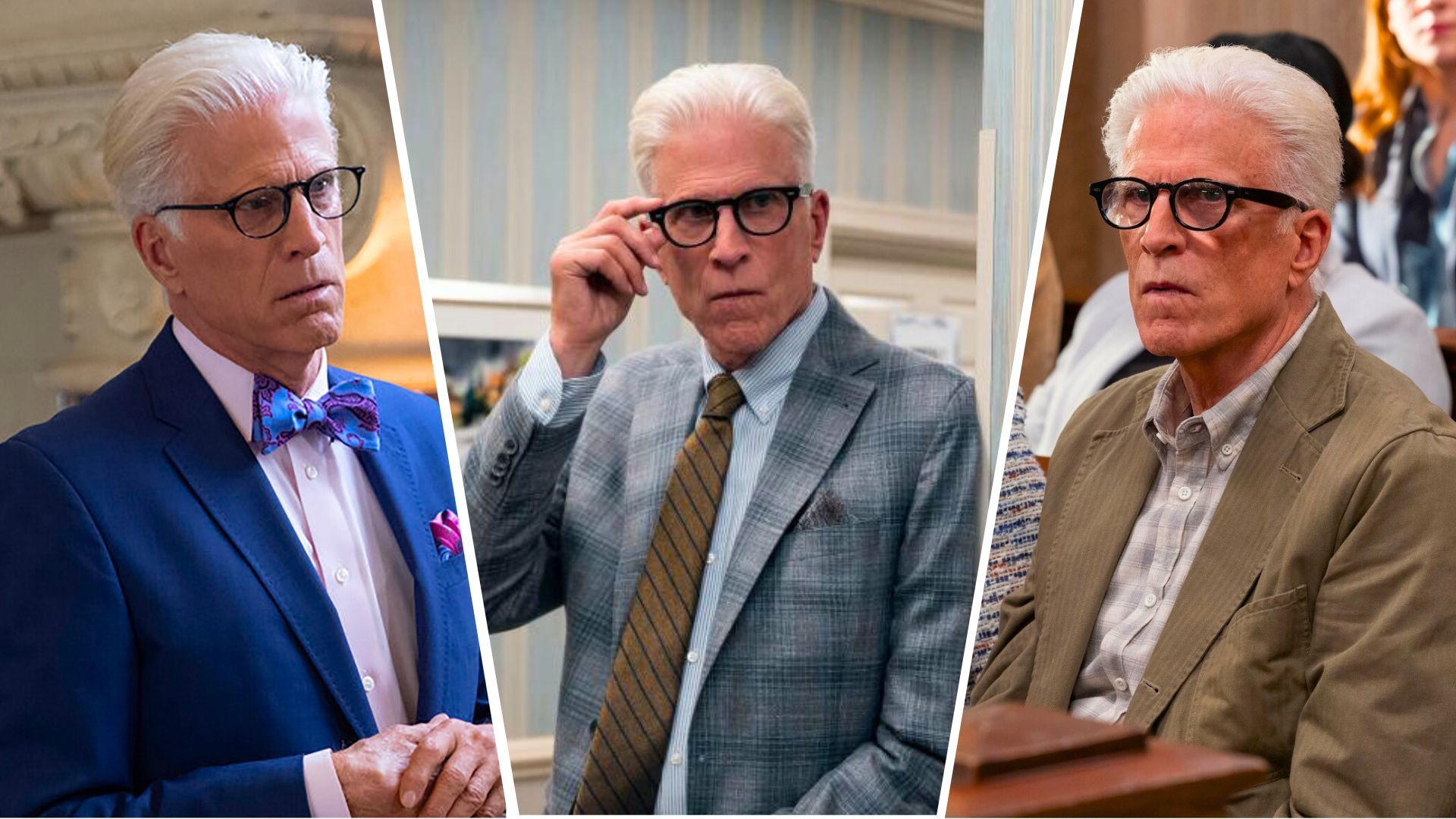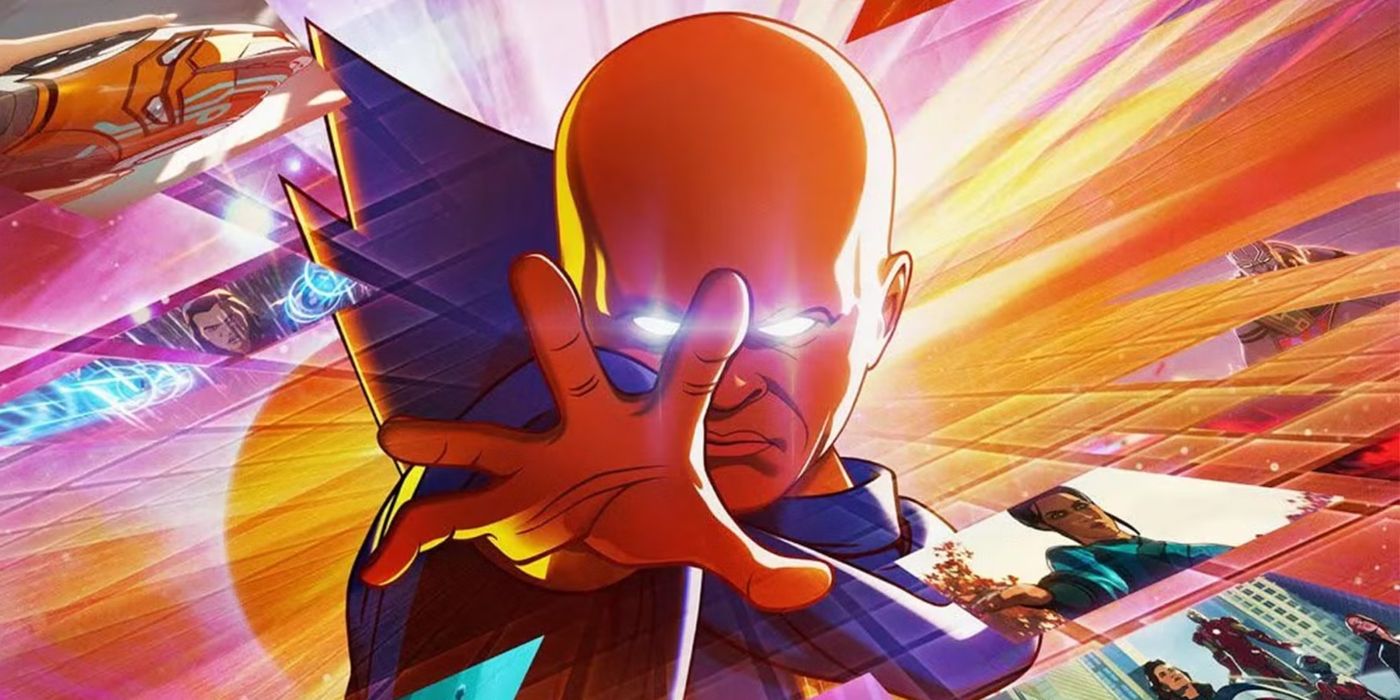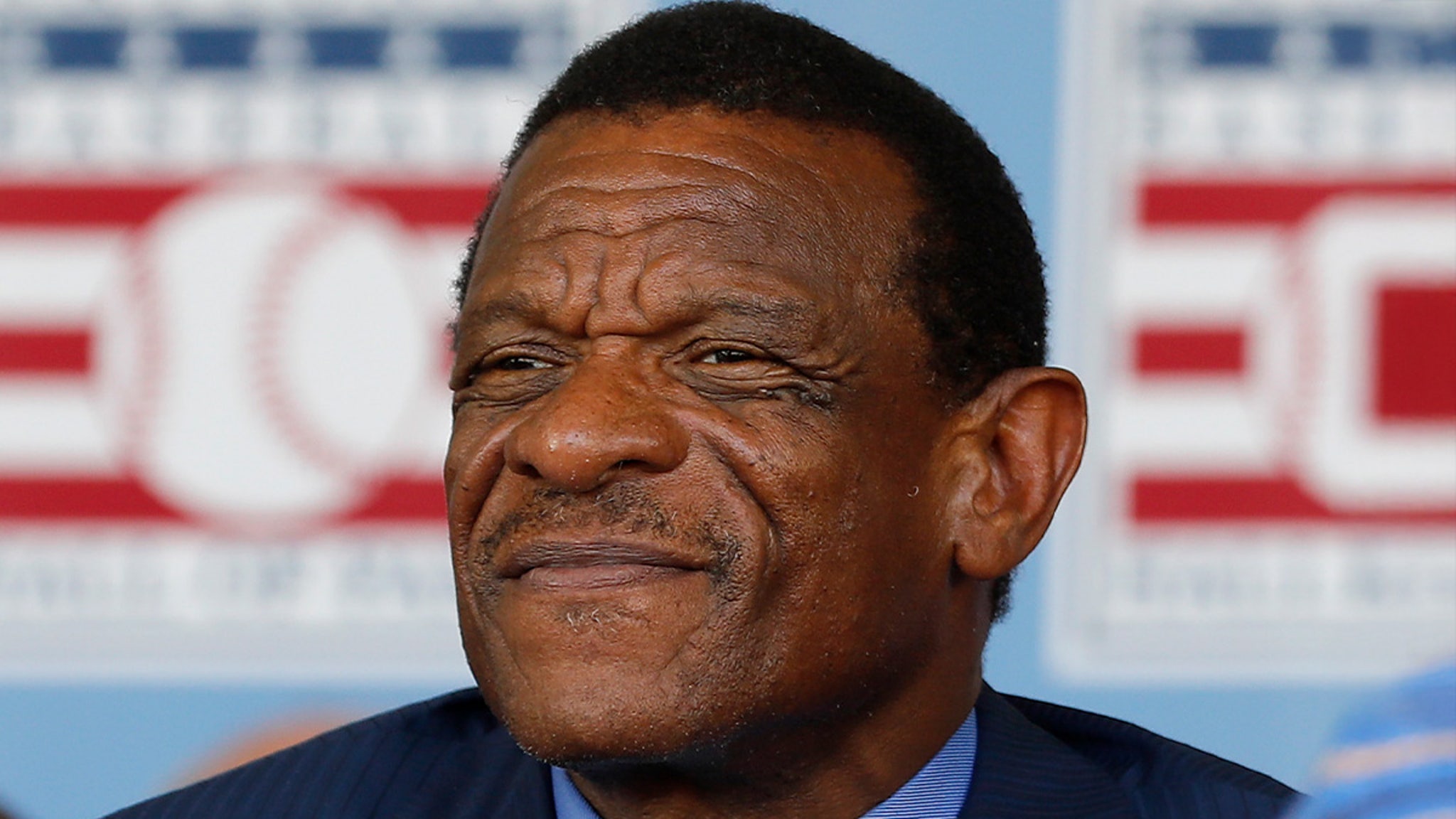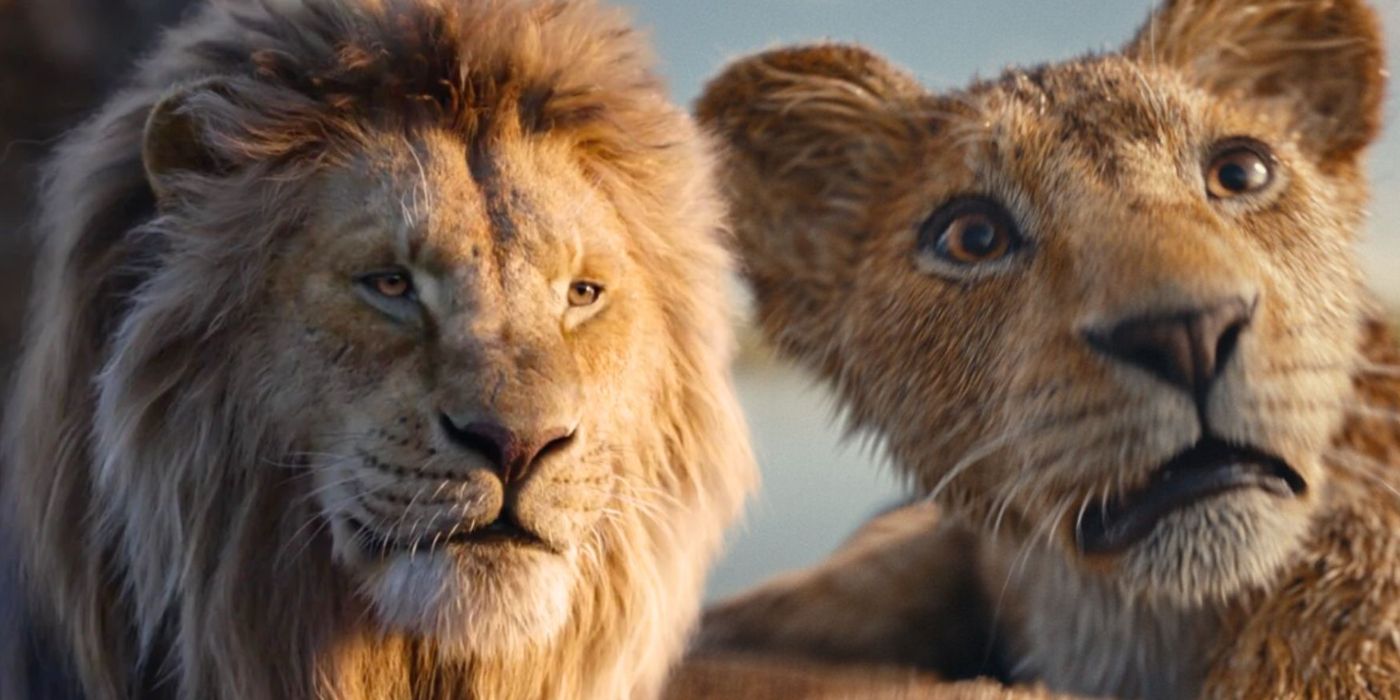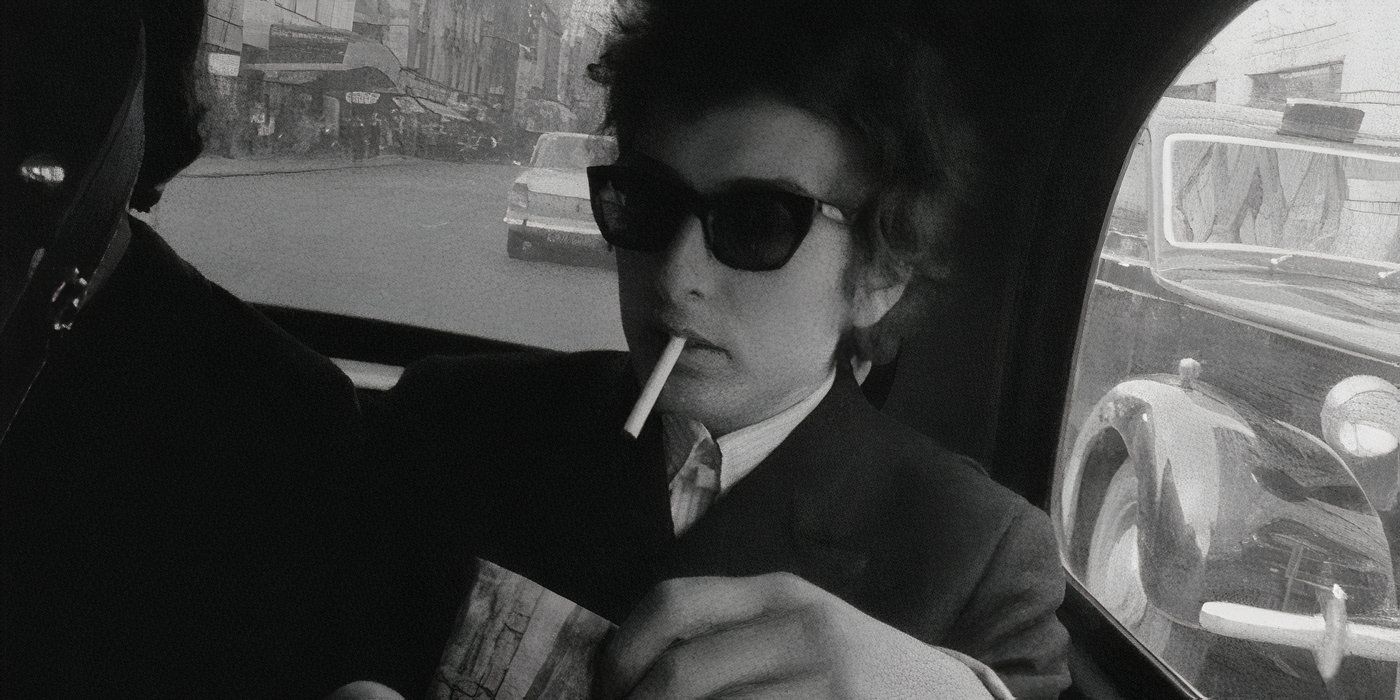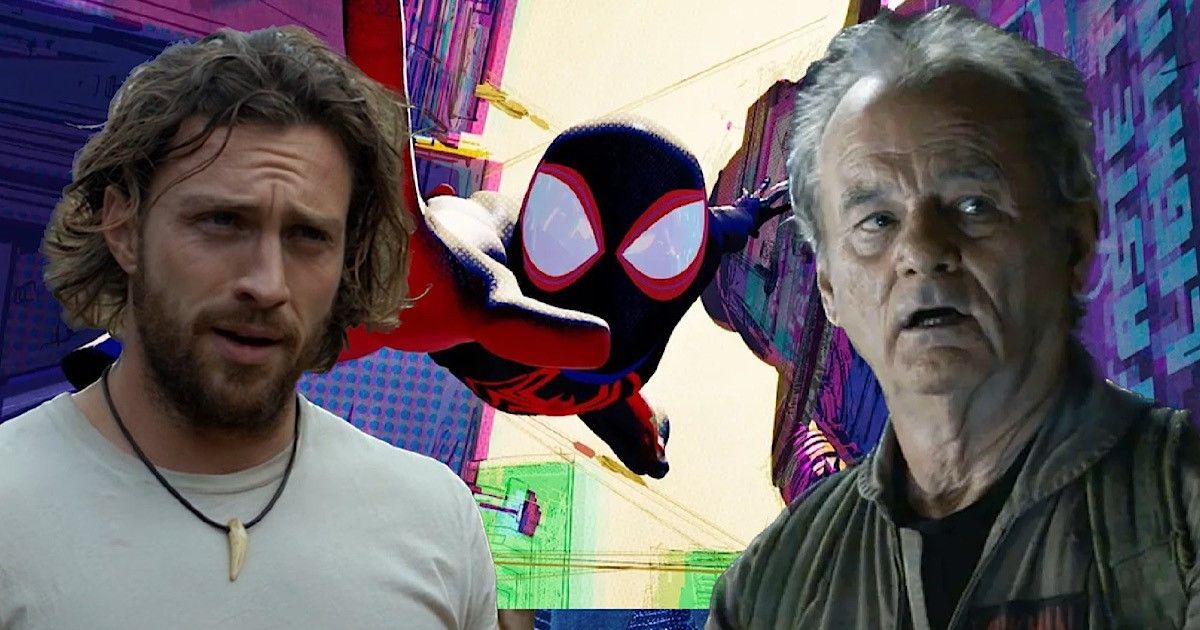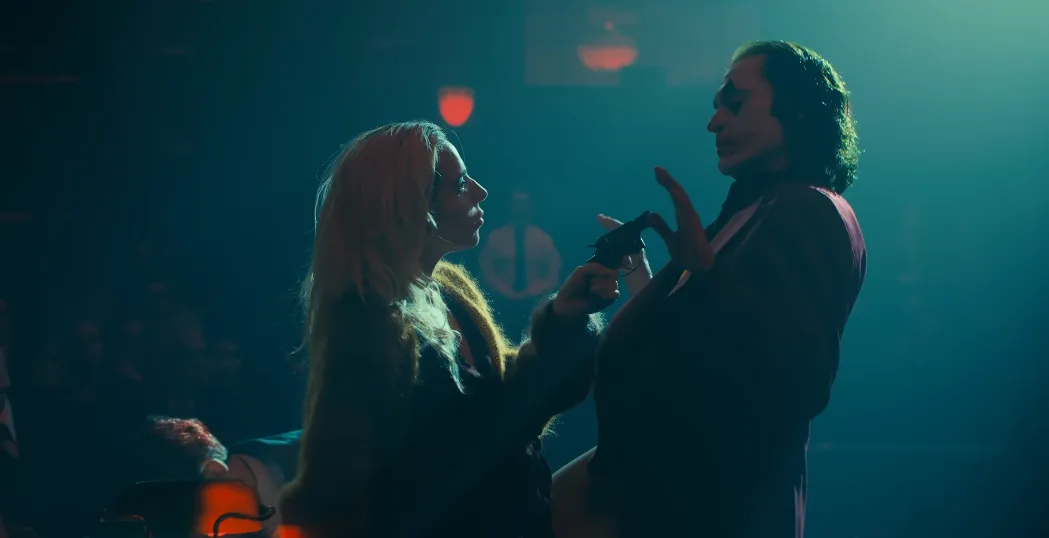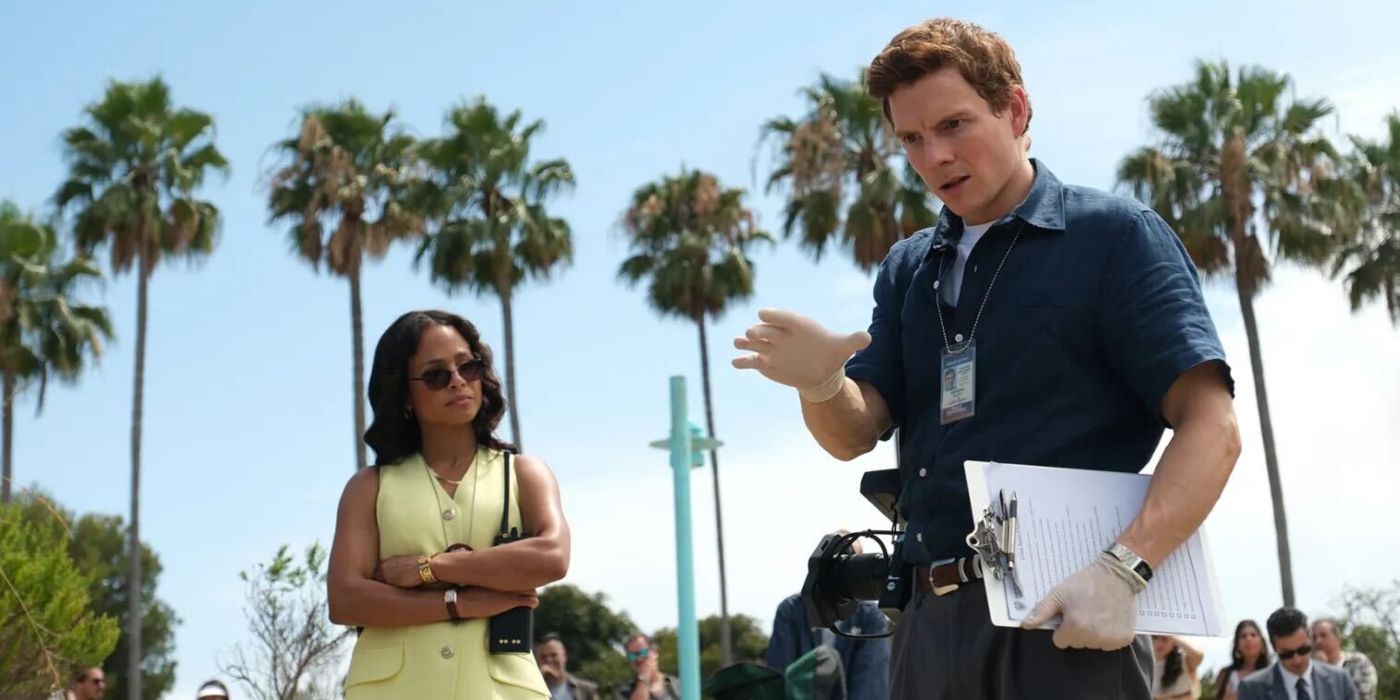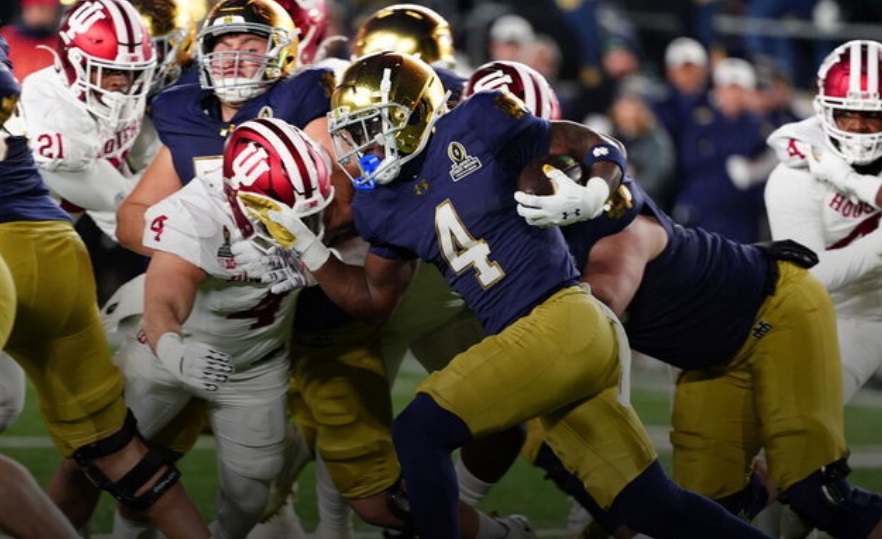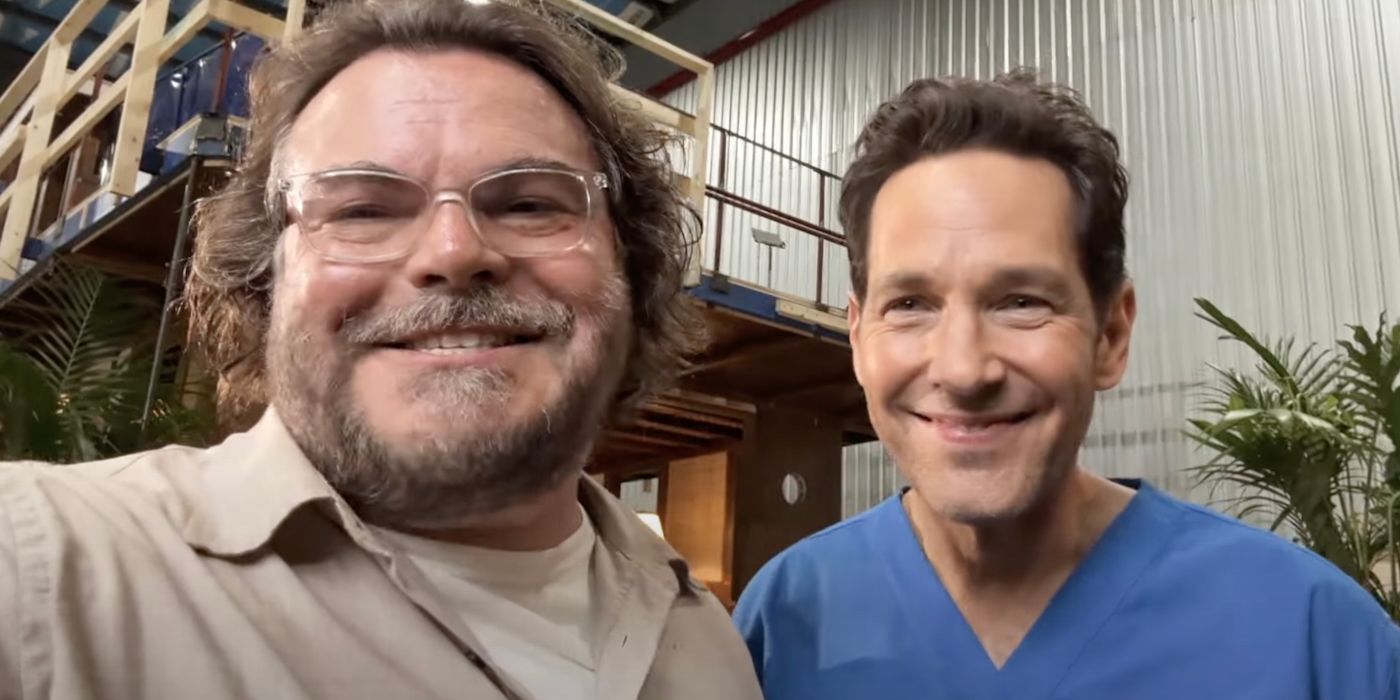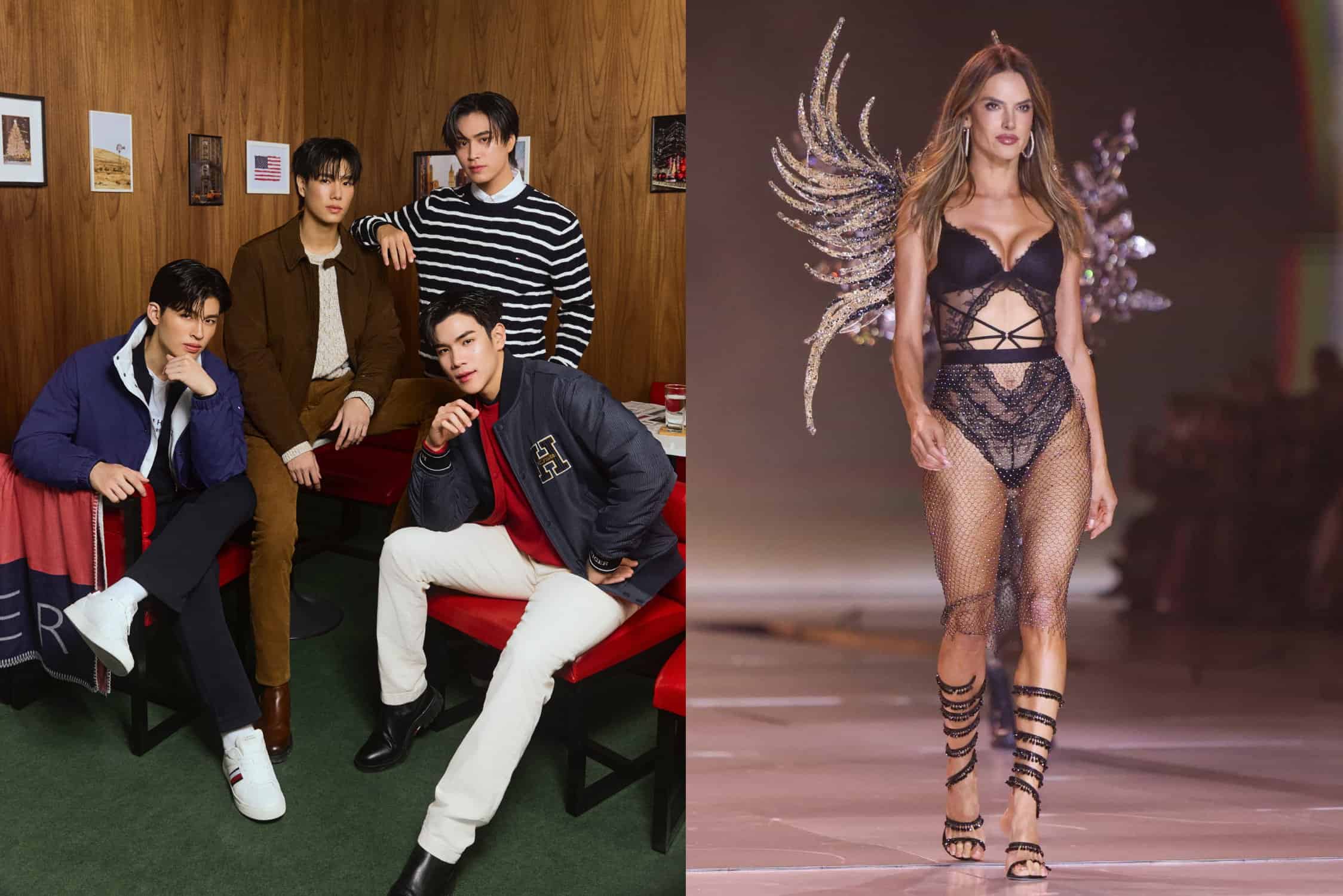While physical distance between Bob and Ruth gives “Ain’t Them Bodies Saints” its thrust, the passage of time in the story is what gives it emotional gravitas. Bob has used the nostalgia of sweeter times and the memory of commitment to propel him to Ruth despite his doing so making the situation worse. Because the movie opens at a brighter spot in their relationship, we find ourselves invested in his journey. On the flip side, time has taught Ruth a different truth: The tug of the past can only do so much in the present, and in her present is a child whose wellbeing she now has to consider. The revelation pushes her towards Ben Foster’s well-meaning cop, someone she never would have been with otherwise.
Meanwhile, Bob and Ruth continue to be outwardly associated with the shootout all those months ago; the memory has remained potent in this small Texas community, exacerbating the archetype of Bob as the kind of outlaw around which myths are centered. But as “Ain’t Them Bodies Saints” winds down, he catches a ride with a stranger who doesn’t recognize him—practically the first character who sees him as anonymous, just another wild spirit in a wild land. That moment plays like a rebuke to how we’ve perceived him up to that point, and perhaps how he’s perceived himself; his reaction is one of pain rather than relief. The myth might be all in our mind, in other words, a testament to Lowery’s ability to influence it. The memory of past passion rings true nonetheless in the final moments, as Bob prepares to die in Ruth’s embrace—a mirroring of a repeated image from years prior when she held him while glancing forward to brighter futures that weren’t to be. Time had other plans, as it so often does.
If we thought “Ain’t Them Bodies Saints” strolls along a fairly straightforward narrative path, “Pete’s Dragon” would prove three years later that Lowery’s gait can be increasingly confident depending on his story. Tuning his storytelling frequencies for younger audiences without restraining the sincerity that coursed through “Ain’t Them Bodies Saints,” his most explicit fairy tale derives from a great and grounded tradition of human-animal companionship.
In Lowery’s movie, companionship is rooted in trauma. The worst kind of memory takes hold at the start, when young Pete emerges from the wreckage which killed his parents. Aimless and alone, he’s eventually discovered and adopted by the benevolent beast whom time will turn into the only family Pete knows. In “Pete’s Dragon,” time doesn’t heal the horror of Pete’s past so much as it increasingly and intrinsically links his love for Elliott to it. When they’re separated, the movie has its dramatic thrust as memory rears its head; the young boy’s drive to reunite with Elliott and, later, to liberate themselves is rooted in the poignancy of having found each other all those years ago, and on what they’ve come to represent for each other through all that time. Consequently, Lowery conducts the movie’s emotions so that our hearts soar and fall based on the notes of the first images we see—of tragedy and connection—and everything we feel hinges on the outcome of his protagonist’s ultimate escape.
You can view the original article HERE.

